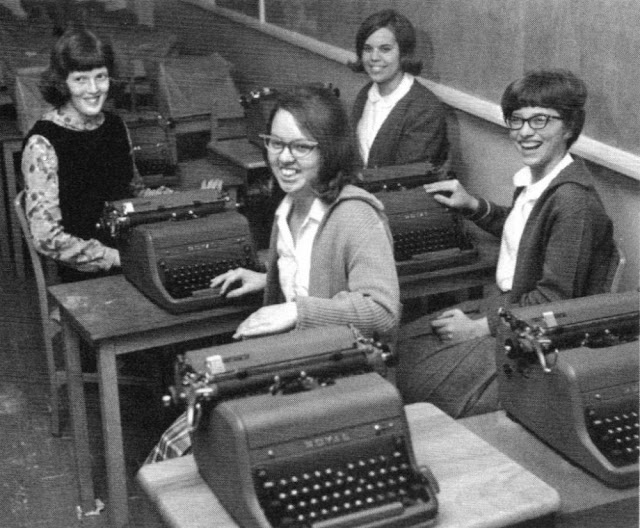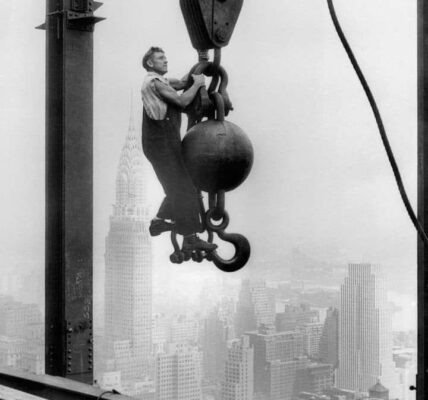Feb. 28, 1956. Workmen place one of the new beacon lights in position on the 90th floor of an impressive electronic crown in the form of four far-reaching night beacons. Combined, the four Empire State Night lights will generate almost two billion candle power of light and will be the brightest continuous source of man-made light in the world. Engineers say the beacons can be seen from as far as 300 miles. Cost of the installation is $250,000.
Sydney Harbour Bridge Under Construction Through Amazing Photos
Construction from 28 July 1923 to 19 January 1932, the Sydney Harbour Bridge is an Australian heritage-listed steel through arch bridge across Sydney Harbour that carries rail, vehicular, bicycle, and pedestrian traffic between the Sydney central business district (CBD) and the North Shore.
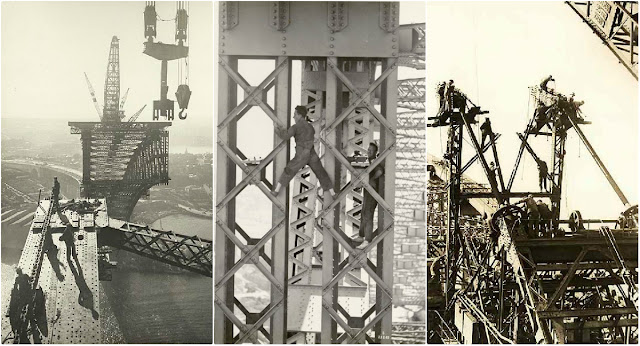 |
| The Sydney Harbour Bridge under construction |
The view of the bridge, the harbour, and the nearby Sydney Opera House is widely regarded as an iconic image of Sydney, and of Australia itself. The bridge is nicknamed “The Coathanger” because of its arch-based design.
The Sydney Harbour Bridge is the sixth longest spanning-arch bridge in the world and the tallest steel arch bridge, measuring 134 m (440 ft) from top to water level. It was also the world’s widest long-span bridge, at 48.8 m (160 ft) wide, until construction of the new Port Mann Bridge in Vancouver was completed in 2012.
The purpose of this photo series from NSW State Archives was to document in photographic form the construction of the Sydney Harbour Bridge from the turning of the first sod and the initial acts of construction to the official opening and early use of the bridge.
The series consists of black and white photographs which were developed from glass negatives and pasted into large albums. One volume is devoted to the southern approach, two to the northern approach and 11 to the main Bridge. Each photograph is captioned and almost all are precisely dated with the caption if the date is not incorporated into the image.
 |
| Looking towards Bay Road Station from Eastern Abutment Euroka St Bridge, November 23, 1923 |
 |
| Fabricated Members Sydney Harbour Bridge on Barge, Milsons Point Workshops, October 28, 1926 |
 |
| First Member being placed in position- Lower Chord SLO-L2L, Span No.1, October 28, 1926 |
 |
| Pouring Fitzroy Street Arch, June 22, 1928 |
 |
| Portal bracing between End Posts, January 21, 1929 |
 |
| View from McMahon’s Point, November 5, 1929 |
 |
| Erecting Hanger, December 1, 1930 |
 |
| Laying Sheet Asphalt on Roadway, November 20, 1930 |
 |
| Lifting Hanger O. Sydney Harbour Bridge, September 25, 1930 |
 |
| Panel Point 7 Western Truss, June 20, 1930 |
 |
| Safety Chain, on Top Chord, for Creeper Crane, December 1, 1930 |
 |
| Safety Mechanism for Creeper Cranes, December 2, 1930 |
 |
| Taking Strain Gauge Measurements in Chords, August 13, 1930 |
 |
| View from Milson’s Point, December 2, 1930 |
 |
| View from Wharf at Milsons Point, May 5, 1930 |
 |
| A Bird’s Eye View, circa 1931 |
 |
| Dismantled Creeper Crane, April 30, 1931 |
 |
| Laying Sheet Asphalt on Roadway, May 26, 1931 |
 |
| Mrs J.J.C. Bradfield, January 23, 1931 |
 |
| Rail for Painting Gantry, January 21, 1931 |
 |
| Roadway Deck Troughing, May 13, 1931 |
 |
| Sir William Cullen, Miss Cullen, Dr. Bradfield, March 19, 1931 |
 |
| Timber for Pent House Formwork, December 11, 1931 |
 |
| Track Timbers and O.H.Wiring Structures, April 30, 1931 |
 |
| Bridge Lighting Switched on for First Time, February 11, 1932 |
 |
| First Passenger Train to Cross Bridge, March 19, 1932 |
 |
| First train across Bridge. Dr.J.J.C. Bradfield, January 19, 1932 |
 |
| Painting crane and staging on top chord, February 22, 1932 |
 |
Taking strain measurements on post, February 23, 1932
Vintage Photos of Immigrants Approaching the Statue of Liberty
Between 1886 and 1924, almost 14 million immigrants entered the United States through New York. The Statue of Liberty was a reassuring sign that they had arrived in the land of their dreams. To these anxious newcomers, the Statue’s uplifted torch did not suggest “enlightenment,” as her creators intended, but rather, “welcome.” Over time, Liberty emerged as the “Mother of Exiles,” a symbol of hope to generations of immigrants.
The opening of the immigrant processing station at Ellis Island in 1892 in the shadow of the Statue of Liberty facilitated an immigrant association, as did the later popularity of Emma Lazarus’s poem, “The New Colossus.” In 1883, Lazarus donated her poem, “The New Colossus,” to an auction raising funds for the construction of the Statue’s pedestal. This poem vividly depicted the Statue of Liberty as offering refuge to new immigrants from the miseries of Europe. The poem received little attention at the time, but in 1903 was engraved on a bronze plaque and affixed to the base of the Statue.
War tensions in the 20th century reinforced this connection and further advanced the image of the Statue in the harbor as an emblem of the United States as a refuge for the poor and persecuted of Europe, and as a place of unlimited opportunity. Sometimes this image glossed over the very real drawbacks and difficulties of settling in the United States, but it was a romantic view that was dominant for decades and continues to persist. In addition to masking immigrant setbacks in the United States, it was a story that tended to favor the European side of immigration at the expense of trials encountered by newcomers from Latin America and Asia.
President Franklin D. Roosevelt’s 1936 speech in honor of the Statue’s 50th Anniversary helped solidify the transformation of the Statue into an icon of immigration. In the speech he presented immigration as a central part of the nation’s past and emphasized the newcomers’ capacity for Americanization.

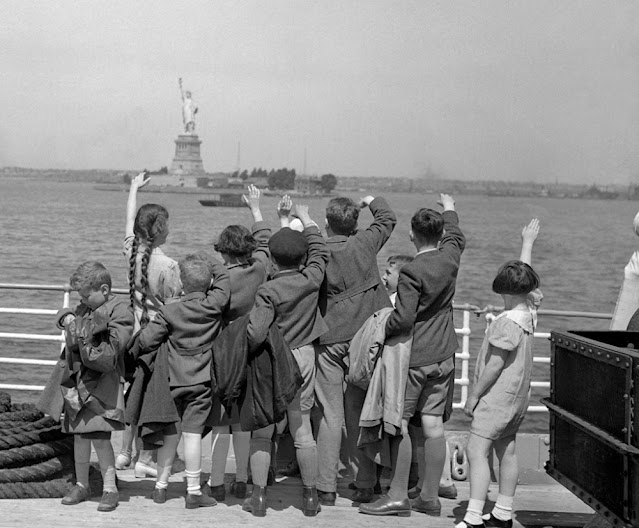






30 Vintage Photographs Capture Scenes of High School Typing Classes From Between the 1950s and 1970s
During the 1950s and ’60s typewriting was taught mostly in elementary schools, and there was a widely held conviction that typewriting skills might fast-forward a student’s acquisition of the English language — especially spelling. Through typing, students tend to become more aware of the forms that letter patterns take, especially the beginning and ending of words, as Bartholome W. Lloyd reported in his research, “Keyboarding/Typewriting in Elementary School.”
Strategies for typing instruction started at the same time the typewriter came on the scene. It was towards the end of the 19th century that the typewriter gained its full status as a reliable tool for communication and writing.
Roughly around 1880, typing courses were provided by typewriter manufacturers like Remington in an effort to establish the typewriter’s status as an essential technological aid in business. Fast-forward 15 years into the 20th century, and you’ll find that public schools were starting to introduce typing in America’s high schools.
Typing is a skill that boosts employment opportunities. However, at one point it was also considered a medium through which reading and writing could be taught. A study by Wood and Freeman (1932) explored how typewriters affect students’ literacy.
They discovered that students using a typewriter to write had a better reading capacity and improved spelling skills. What is more, these students regarded writing on a typewriter to be more enjoyable than their counterparts who weren’t writing and reading on a typewriter. At this time, typewriters were a technology that was experimentally introduced as educators wanted to see how it could positively affect learning.
See How the Hollywood Sign Has Changed From Between the 1920s and 1970s
When the Hollywood Sign was dedicated on this day, July 13, in 1923, there was little hint that it would become an iconic emblem. In fact, the sign didn’t even say “Hollywood.”

|
| Dedication of the sign, 1923. (Photo Courtesy of the Hollywood Sign Trust and HollywoodPhotographs.com. All Rights Reserved.) |
 |
| Ladies in a steam shovel bucket, behind the Hollywoodland sign, 1923. (Photo Courtesy of the Hollywood Sign Trust and HollywoodPhotographs.com. All Rights Reserved.) |
 |
| A sign advertises the opening of the Hollywoodland housing development in the hills on Mulholland Drive overlooking Los Angeles, Hollywood, circa 1924. (Underwood Archives—Getty Images) |
 |
| Brand new Hollywoodland homes, 1925. (Photo Courtesy of the Hollywood Sign Trust and HollywoodPhotographs.com. All Rights Reserved.) |
 |
| Hollywoodland sign at night, 1928. (Michael Ochs Archives—Getty Images) |
 |
| Hollywoodland sign, Hollywood, California, 1935. (Hulton Archive—Getty Images) |
 |
| The “ollywoodland” sign, 1949. (Photo Courtesy of the Hollywood Sign Trust and HollywoodPhotographs.com. All Rights Reserved.) |
 |
| Hollywood sign in disrepair, 1973. (Photo Courtesy of the Hollywood Sign Trust and HollywoodPhotographs.com. All Rights Reserved.) |
 |
| Refurbishing the Hollywood sign, 1973. (Photo Courtesy of the Hollywood Sign Trust and HollywoodPhotographs.com. All Rights Reserved.) |
 |
| The Hollywood sign is reborn: 1978. (Photo Courtesy of the Hollywood Sign Trust and HollywoodPhotographs.com. All Rights Reserved.) |
 |
| Amid laser beams and searchlights, the new \”Hollywood\” sign near the top of Mt. Lee in Los Angeles, is unveiled after its dedication, Nov. 11, 1978. The old landmark sign it replaces was built in 1923, but deteriorated and began to fall apart recently. The 50-foot high and 400-foot long sign was replaced by donations from nine public donors totaling $250,000. (George Brich—AP Photo) |
|
|
.jpg)
.jpg)
.jpg)
.jpg)
.jpg)
.jpg)
.jpg)
.jpg)
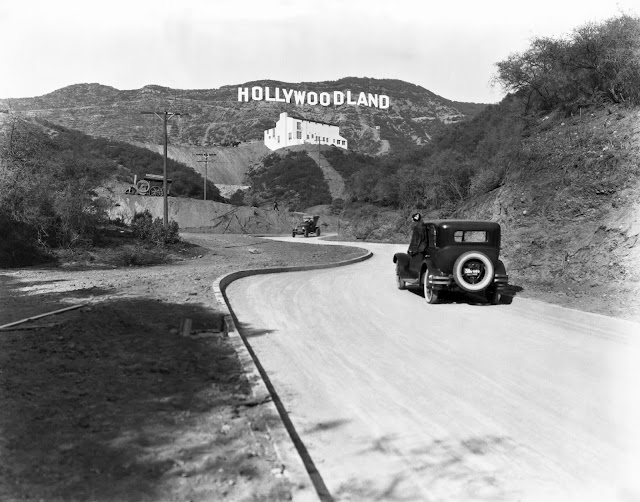
.jpg)
.jpg)
.jpg)
.jpg)
.jpg)
.jpg)
.jpg)





















































